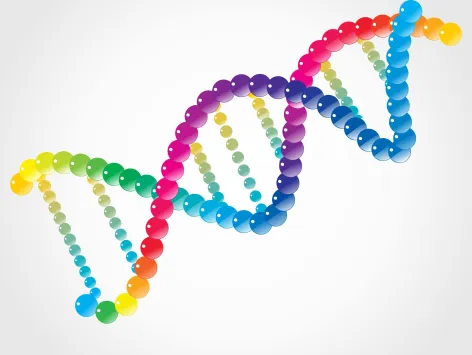MALE REPRODUCTIVE SYSTEM
- The male reproductive system is a complex biological system responsible for the production, storage, and delivery of sperm. It consists of various organs and structures that work together. The male reproductive system in mammals is comprised of a bilateral arrangement of testes, numerous accessory glands, a system of ducts, and a copulatory organ known as the penis. The testis is considered the principal male reproductive organ. The testes are responsible for the production of spermatozoa and the secretion of the male sex hormone testosterone.
- The dimensions of the human testis are approximately 5 cm in length, 3 cm in thickness, and 2.5 cm in width. The organ in question is enveloped by a dense, fibrous, connective tissue known as the tunica albuginea.
- In the male human body, it is typical for both testes to be located in a sac known as the scrotum, which is situated externally to the abdominal cavity. The testes are maintained at a temperature lower than the body temperature, specifically approximately 2°C below, which is crucial for the proper functioning and preservation of the spermatogenic tissue within the testes.
- The descent of the testes into the scrotal sac takes place during the seventh month of fetal development, and this process is regulated by follicle-stimulating hormone (FSH) and testosterone.
- If the testes do not descend, the resulting condition is known as cryptorchidism, which can lead to infertility. The scrotum maintains its connection to the abdomen or pelvic cavity through the inguinal canal. The inguinal canal serves as a conduit for the passage of blood vessels, nerves, and conducting tubes.
- The cremaster muscles and connective tissue collectively constitute the spermatic cord, encompassing and providing support to all anatomical structures traversing the inguinal canal. The cremaster muscles and dartos muscles located within the scrotal sac play a role in the positioning of the testes.
- Whenever the ambient temperature decreases, these muscles contract in order to facilitate the movement of the testes towards the abdominal or pelvic cavity. When the ambient temperature is elevated, the aforementioned physiological response occurs, resulting in the relaxation of the muscles responsible for moving the testes away from the body.
- In some seasonally breeding mammals, testes descend into the scrotum during breeding season but ascend back into the abdomen in the non-breeding season. For instance, rodents such as rats and flying mammals like bats.




